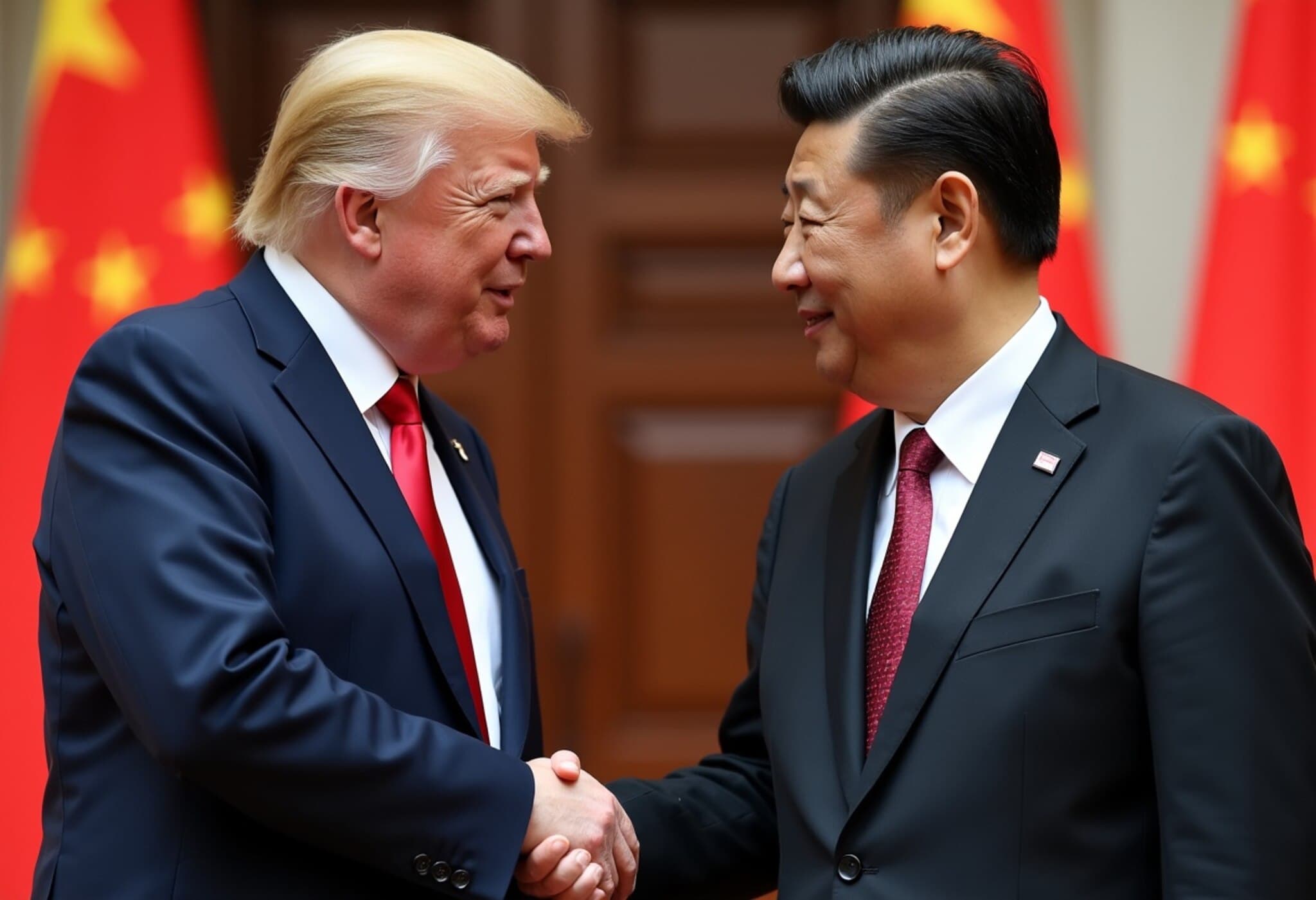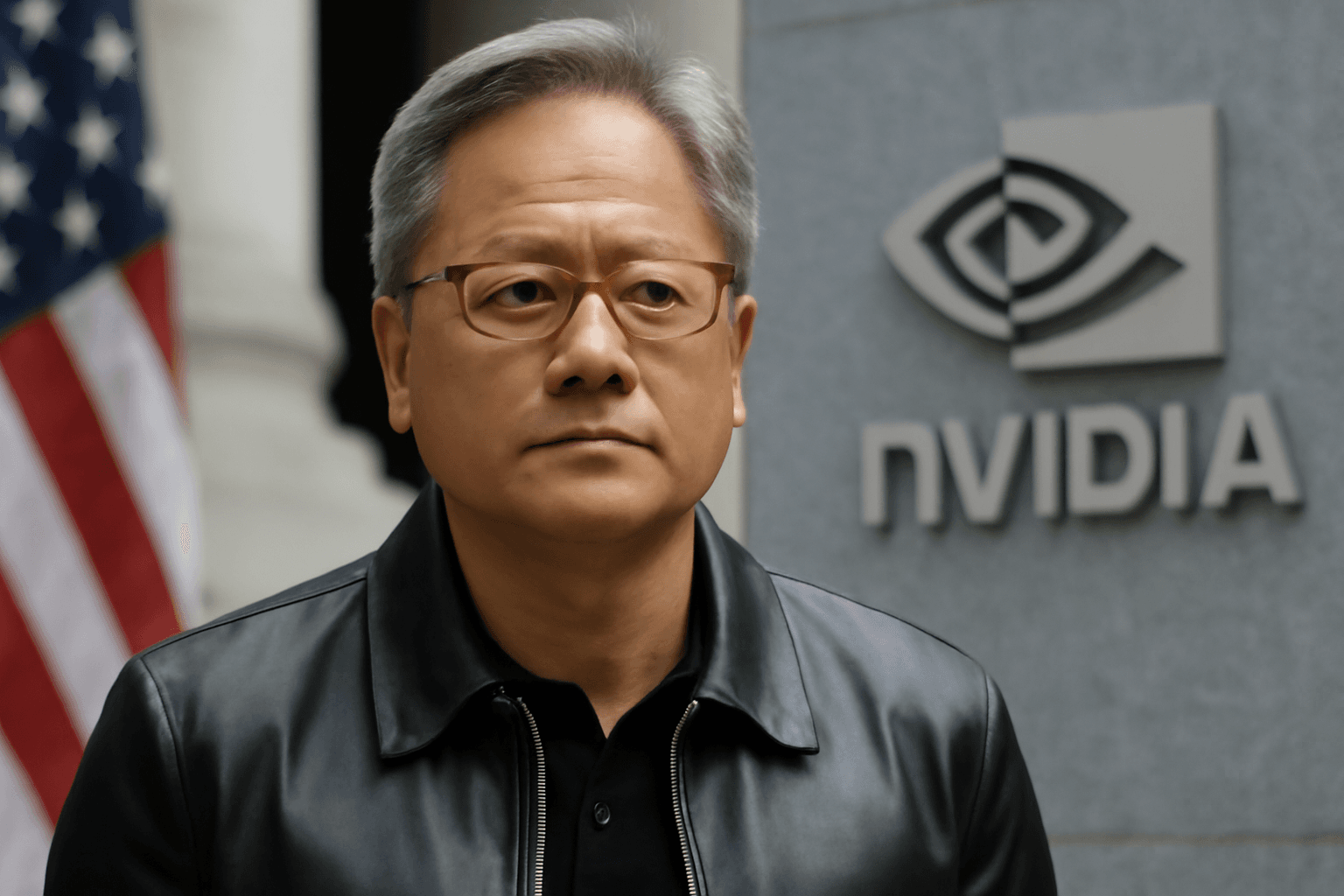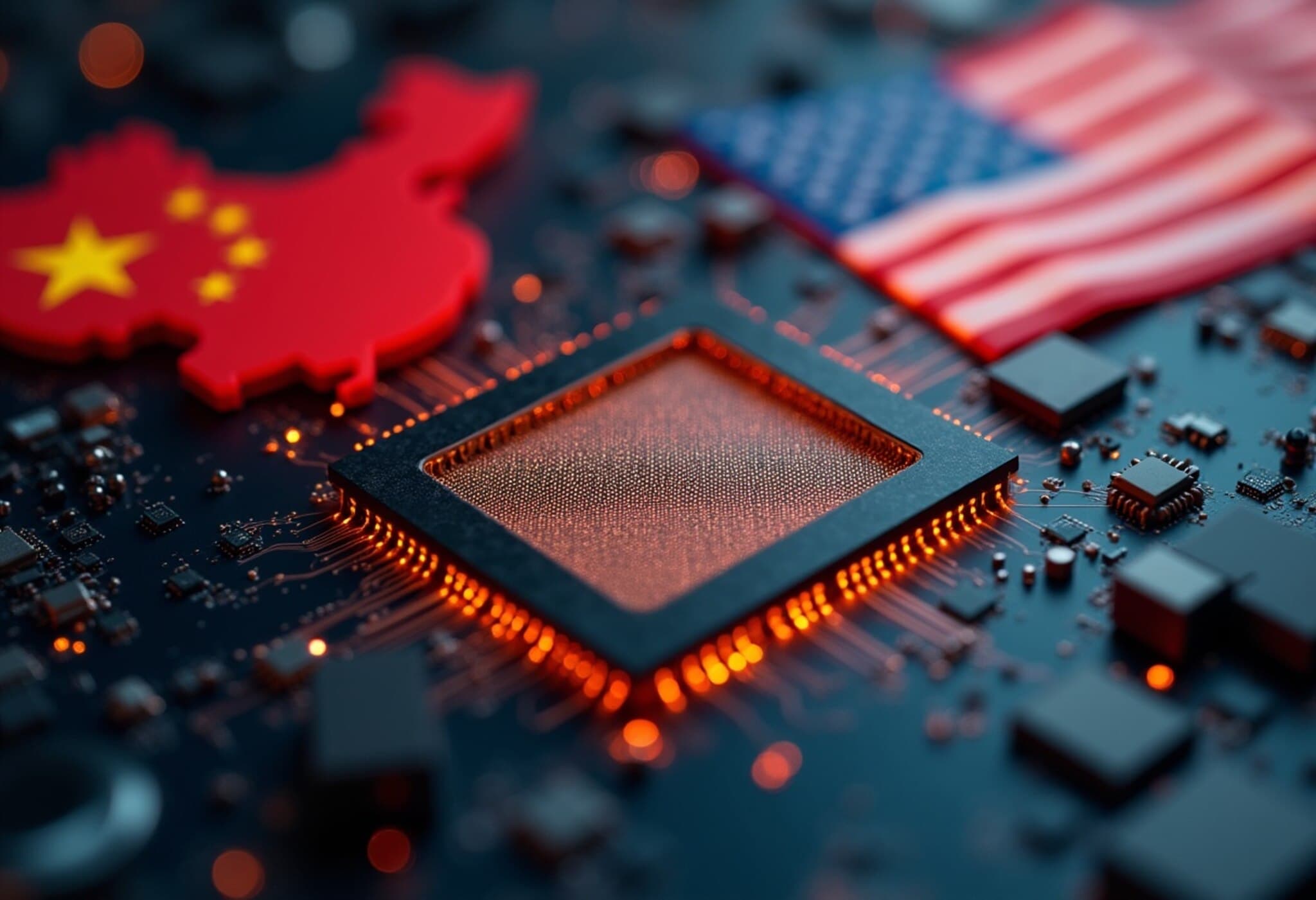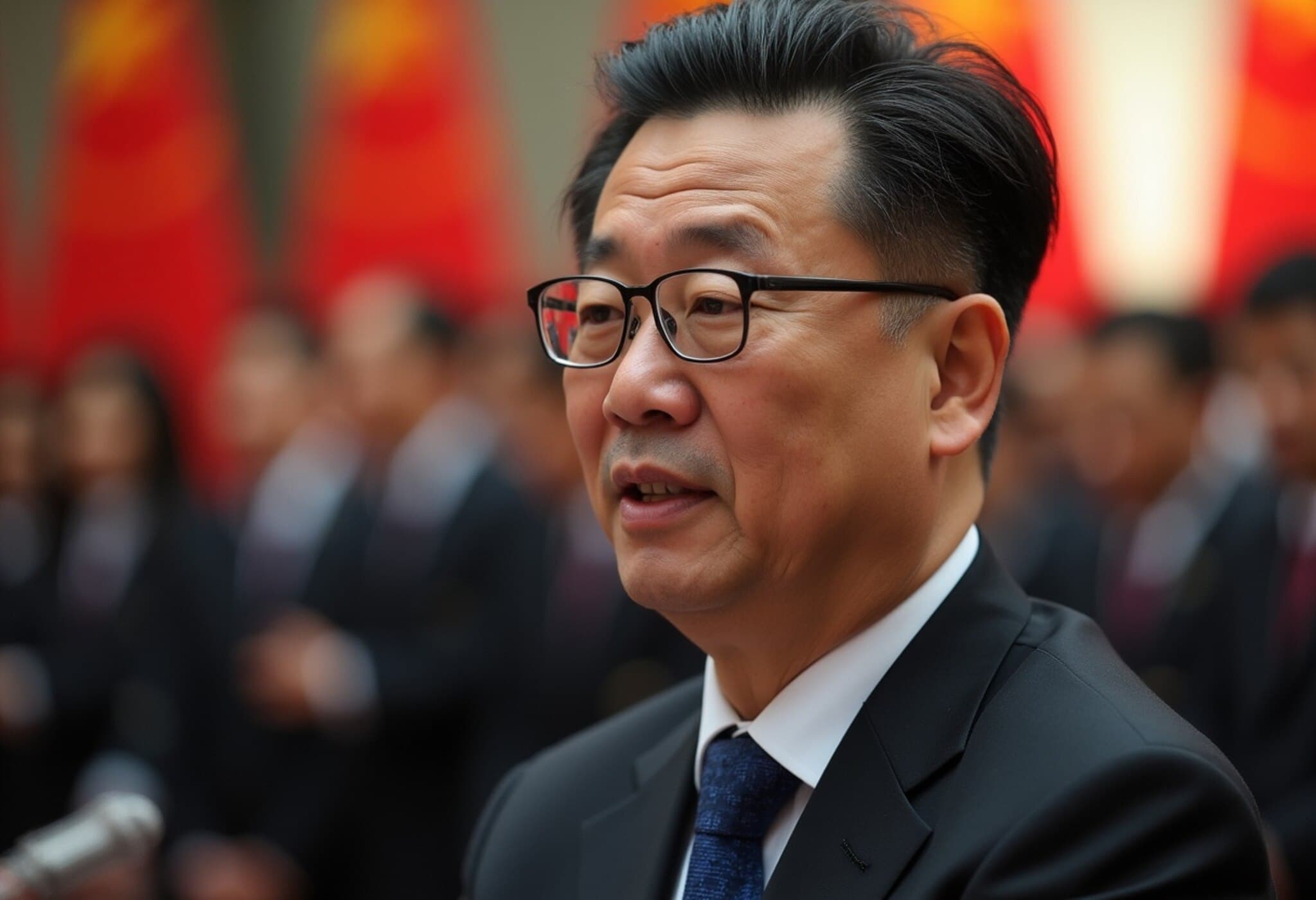China Urges US to Relax AI Chip Export Controls Amid Trade Talks
As geopolitical tensions and technological rivalry continue to shape global commerce, China is intensifying its call for the United States to ease export restrictions on artificial intelligence (AI) chips. According to a recent Financial Times report, this demand is part of Beijing's broader push to unlock advanced semiconductor technologies during ongoing trade negotiations ahead of a potential summit between Presidents Donald Trump and Xi Jinping.
Why High-Bandwidth Memory Chips Matter
At the heart of the dispute lies the export controls on high-bandwidth memory (HBM) chips, a critical component powering next-generation AI systems. These chips enable rapid data processing essential for complex AI tasks, including deep learning and machine vision. Investors and industry experts watch HBM chips closely as they directly contribute to the performance of AI graphic processors, such as those produced by leading U.S. and South Korean manufacturers.
China's concern is that current U.S. controls on HBM chips make it significantly harder for Chinese firms, notably tech giant Huawei, to develop competitive AI hardware independently. These restrictions are seen not just as economic barriers but also as strategic moves to curb China's advancements in AI and defense sectors.
Trade and Technology: A Lingering Balancing Act
Since the Trump administration began tightening export rules on cutting-edge semiconductor technology, the U.S. has sought to limit China's access to critical AI-enabling hardware, aiming to slow down Beijing's military modernization and technological autonomy. However, these measures have a dual impact:
- They disrupt U.S. chipmakers' ability to fully capitalize on China’s vast market—one of the world’s largest consumers of semiconductors.
- Create potential obstacles for the global AI ecosystem, given China’s key role in hardware manufacturing and innovation.
While American semiconductor firms enjoy strong revenues from Chinese customers, they face an intricate trade-off between national security concerns and lucrative market opportunities.
What's at Stake for the Upcoming Summit?
The negotiations around easing these export controls come at a delicate moment ahead of a high-profile meeting between President Trump and President Xi Jinping. Beijing views relaxation of HBM chip restrictions as vital to advancing its indigenous AI capabilities and mitigating the impact of U.S. sanctions.
For Washington, the challenge lies in balancing its geopolitical objectives without stifling innovation or alienating key industry players that drive America’s tech leadership.
Expert Insight: The Road Ahead
Dr. Melissa Harper, a technology policy analyst at the Center for Strategic and International Studies, notes, “The semiconductor industry is a frontline in the U.S.-China tech rivalry. Any move to ease export controls will require nuanced risk assessments balancing trade benefits against security implications.”
Moreover, as AI becomes increasingly integrated into military and commercial applications, the stakes extend beyond profits and diplomacy into the realm of global security dynamics.
Emerging Questions and Broader Implications
- How will easing export controls shape the competitive landscape for AI innovation globally?
- Can U.S. policymakers safeguard national security interests without compromising economic growth and technological collaboration?
- What role will multilateral frameworks play in regulating such critical technology transfers?
These questions underscore the complexity of semiconductor trade policies that are more than mere commercial negotiations—they are pivotal to the future of global technology leadership.
Editor’s Note
As China presses for a relaxation of U.S. export controls on AI chips, stakeholders across government and industry face a challenging crossroads—balancing economic opportunity with national security imperatives. This evolving landscape invites us to reconsider how technological dominance and geopolitical strategy intersect in a rapidly digitalizing world. It also highlights the urgent need for transparent, forward-looking policies that foster innovation while responsibly managing cross-border tech flows.



















